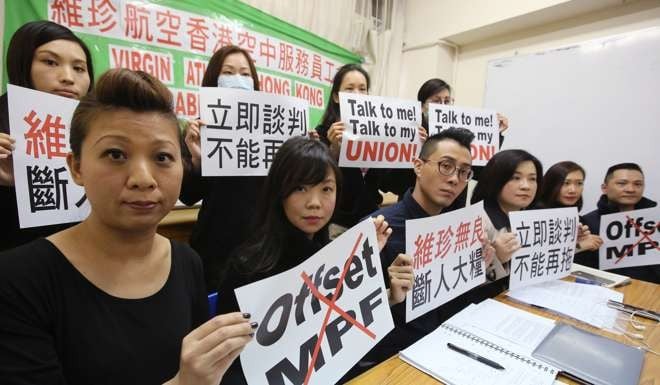
Better retirement protection in Hong Kong begins with the end of MPF offsetting
Alex Malley says the mechanism is incompatible with the MPF’s primary role as a retirement protection vehicle, and calls for new contributions to be made exempt

The MPF offset mechanism might sound more like bureaucratic jargon than social policy. Yet, in the context of Hong Kong’s ageing population, the operation of the Mandatory Provident Fund is a critical debate which deals directly with financial security in retirement for many.
Hence, the government’s willingness to have an open consultation process on retirement protection is welcome. In our organisation’s submission, we stressed the importance of the MPF in the city’s retirement protection system and also that it should be exclusively used as a retirement savings vehicle.
Any leakage for administration costs, early access for other purposes and, in particular, the offsetting provisions for severance and long-service payments, all significantly affect the adequacy of retirement savings and undermine confidence in the MPF.

Data from the MPF Schemes Authority shows that 22 per cent of claims paid in 2015 went to employers to offset severance and long-service payments. Where offsetting claims were paid, 51 per cent of the employees’ total account balance was, on average, withdrawn for the purpose. Further, the amount of offsetting claims accounted for 93 per cent of an employer’s portion of the account balance of the staff concerned. These figures suggest that where offsetting is claimed, which in 2015 involved 14,400 employers and 45,300 unique employees, practically none of the employer’s contribution towards an employee’s retirement remains.
Where offsetting is claimed, practically none of the employer’s contribution towards an employee’s retirement remains
The evidence is that the offset mechanism is incompatible with the MPF’s primary role as a retirement protection vehicle, and we do not support its continuation.
We recognise that it was among the conditions for the launch of the MPF and that employers have made provisions for managing staff expenses using the mechanism over many years. Therefore, removing the offsetting provisions without some sort of transition or compensation could have significant financial implications for business, particularly SMEs.
Our suggestion is that, from a particular date, the offsetting provisions be removed for new employer contributions. Employer contributions made before this date could continue to be available for withdrawal to offset severance and long-service payments, but not new contributions.
Removing the offsetting option for future employer contributions would increase the effectiveness of the MPF without the need to raise contribution rates or additional funding from the government.
Getting the transitional arrangements right is critical. And removing offsetting is only one part of a suite of policies that could improve retirement protection in Hong Kong.
Alex Malley is chief executive of CPA Australia